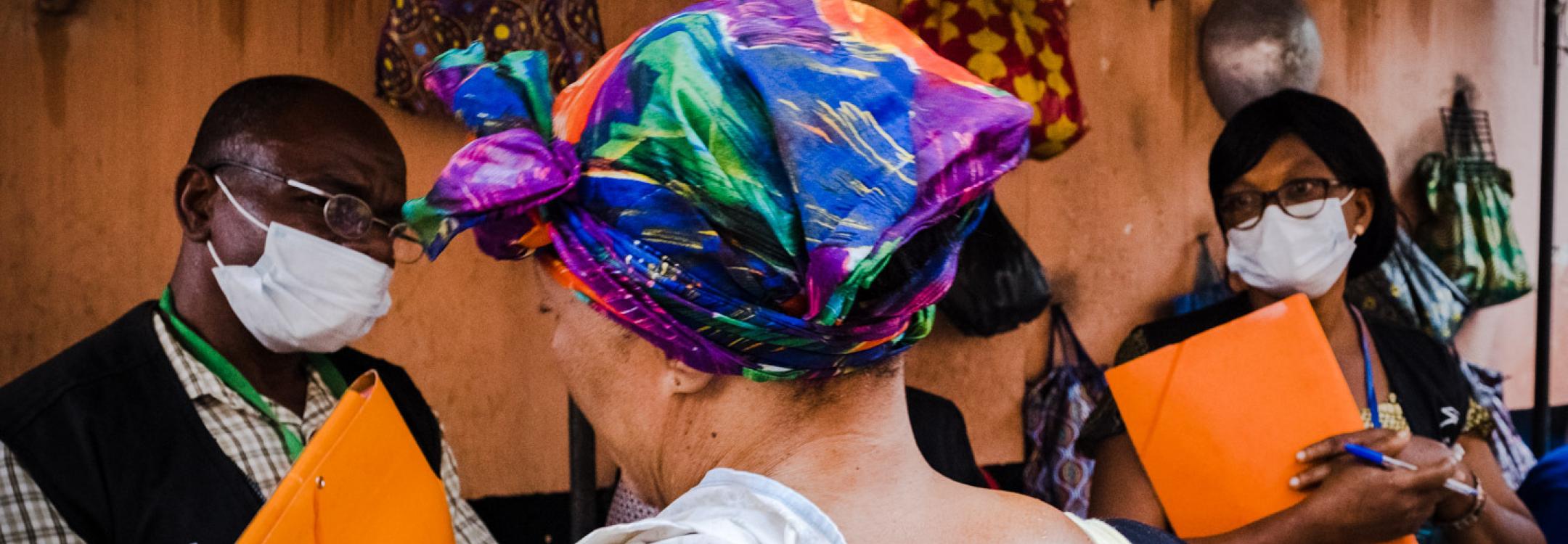What are the different types of NHRIs?
National Human Rights Ccommissions (NHRCs). The key distinguishing feature of NHRCs is that they have a multi-member elected governing body that acts collectively or collegially. These members can work full-time, part time, on a voluntary basis, or a mix of the three. Among NHRCs, there is a wide variation in their number – from three to more than thirty. In some NHRCs, members are appointed with general mandates, while others have specific responsibilities for particular human rights areas set out in the law or regulations. Members of NHRCs are supported by professional staff.
Ombuds institutions. Ombuds institutions, on the other hand, usually have only one elected member, who is full time and supported by a professional staff. The elected head of the institution may sometimes be supported by one or more elected deputies. Ombuds institutions traditionally focused on receiving and investigating complaints related to maladministration, although many now have significantly broader human rights mandates, blurring the distinction with NHRCs.
“Ombudsman plus” institutions. Some ombuds institutions have been designated as NPMs alongside civil society organisations. They are known as “ombuds plus” institutions. In most cases, formal agreements govern cooperation between the ombuds institution and NGOs, covering how they are selected and their role in NPM tasks, including during visits.
